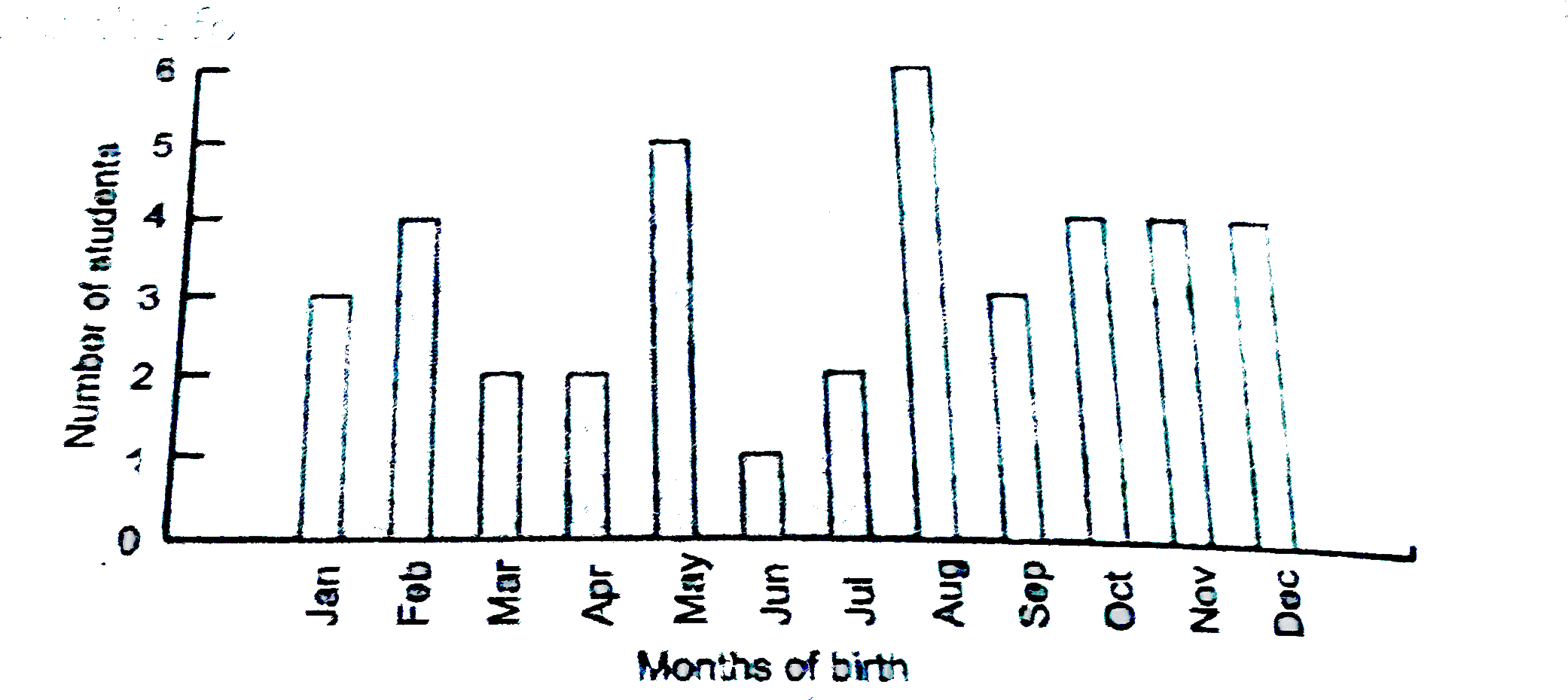Why were Spanish and Portuguese rulers in particular so respective to the idea of funding a maritime quest?
European economy went through the phase of a decline from the mid-fourteenth to mid-fifteenth centuries. Due to plague and wards, a lot of people died in various parts of Europe. Trade become slack. There was a shortage of gold and silver, used for making European coins. in the late fourteenth century, long-distance trade declined, and then became difficult after the Turks conquered Constantinople in 1453. italians established their business with Turks. they were now required to pay higher taxes on trade.
The possibility that more people could be brought into the fold of Christanity made devout Christian Europeans ready to face adventure. after this, .the Crusades. against the Turks began as religious war. they increased Europe.s trade with Asia and created a taste for the products of Asia, especially spices. its trade could be followed by political control, with European countries establishing colonies in regions.
Gold and spices were found in new regions. portugal was a small country which got independence from spain since 1139 which had developed fishing and sailing skills, took the lead. prince henry of portugal attacked ceuta in 1415. after that, more expeditions were organised and the portuguese established a trading station in Cape Bojador in Africa.
In spain, economic reasons encouraged individuals to become knights of the ocean. the memory of the Crusades and the success of the Reconquista fanned private ambitions and gave rise to contracts known as Capitulaciones. under these contracts, the spanish ruler claimed rights of sovereignty over newly conquered territories and gave rewards to leaders of expeditions in the form to titles and the right to govern the conquered lands.
Topper's Solved these Questions
- CONFRONTATION OF CULTURESBOOK - FULL MARKSCHAPTER - CONFRONTATION OF CULTURESEXERCISE - MORE QUESTIONS SOLVED (PASSAGE BASED QUESTIONS)
4 Videos
- CONFRONTATION OF CULTURESBOOK - FULL MARKSCHAPTER - CONFRONTATION OF CULTURESEXERCISE - MORE QUESTIONS SOLVED (SHORT ANSWER TYPE QUESTIONS)
17 Videos
- CHANGING CULTURAL TRADITIONS BOOK - FULL MARKSCHAPTER - CHANGING CULTURAL TRADITIONS EXERCISE - TEST YOUR SKILLS (SHORT ANSWER TYPE QUESTIONS)
2 Videos
- DISPLACING INDIGENOUS PEOPLES BOOK - FULL MARKSCHAPTER - DISPLACING INDIGENOUS PEOPLES EXERCISE - MORE QUESTION SOLVED (MAP SKILLS)
2 Videos
Similar Questions
Knowledge Check
Europeans in the middle ages were great builders of churches and castles. These two classes of buildings expressed the ideas that ruled medieval life. The village might be and generally was, a collection of damp, dirty and droughty hovels, the city an insanitary huddle of houses, fit breeding place for plague, the castle primarily a fortress and secondarily a dark, cold inconvenient dwelling. But the church was built as well as decorated, as lavishly as local effort could manage. Its windows were of glass and its walls were painted with pictures in bright colours. Its spire or the tower pointing upwards, directed the gaze of villager and citizen away from an unsatisfactory condition of earthly life to a cloud-land of vision and fancy .
Why were the medieval cities fit places for breeding plague?AThe houses were built very near to each otherBInsanitary conditions prevailed everywhereCThe dwellings were damp and coldDThe houses were droughty and inconvenient.They were afraid ........... the lion, so they dropped the idea of hunting in jungle.
AinBtoCfromDofIn a particular section of class IX, 40 students were asked about the month of their birth and the following graph was prepared for the data so obtained.

Find the probability that a student of the class was born in August.A12B13C14D320
Appar Foundation is a Non Government Organisation (NGO) working to improve the lives of children with medical needs, the homeless and victims of natural disasters. Apart from donations in cash, they collect dry ration, old clothes, shoes, toys, books and medicines from donors. At Appar Foundation's office in Bhopal the material collected is segregated, classified and put in shelves and boxes that are labelled systematically. There is a specific place for each these items and volunteers put everything at their respective places.
The volunteer work is divided into specific jobs like fund raising, field visit, social media updates and so on. Each volunteer is part of a particular team, depending on their competency and training. Each volunteer becomes specialised in their respective field, leading to efficient utilisation of human effort.
(i) Identify and explain two principles of management adopted by Apaar Foundation.
(ii) State two values Apaar Foundation is displaying and promoting in society through their work.
View SolutionTenth May dawned bright and clear. For the past few days I had been pleasantly besieged by dignitaries and world leaders who were coming to pay their respects before the inauguration. The inauguration would be the largest gathering ever of international leaders on South African soil.
Why were so many dignitaries and world leaders coming to South Africa?
View SolutionTenth May dawned bright and clear. For the past few days I had been pleasantly besieged by dignitaries and world leaders who were coming to pay their respects before the inauguration. The inauguration would be the largest gathering ever of international leaders on South African soil.
Why was 10th of May so important for South Africa?
View SolutionIn a particular section of class IX, 40 students were asked about the month of their birth and the following graph was prepared for the data so obtained.

Find the probability that a student of the class was born in August.
View SolutionThe water is electrolysed in a cell, hydrogen is liberated at one electrode and oxygen is simultaneously liberated at the other. In a particular experiment hydrogen and oxygen so produced were collected together and the total volume measured 16.8 mL at NTP. How many coulombs were passed through the cell in the experiment ?
View Solution
